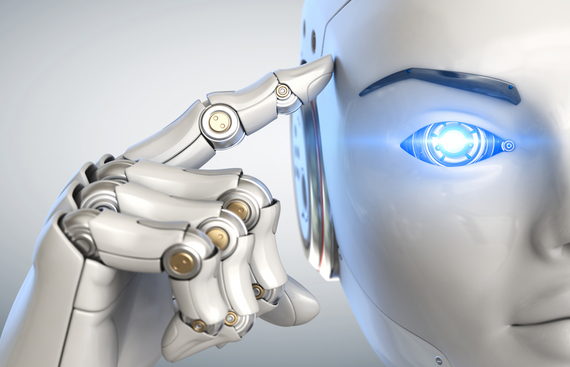Algorithm for Better Robot-Human Synergy

A team of researchers at Massachusetts Institute of Technology (MIT) has developed an algorithm that accurately tells robots where nearby humans are headed - a discovery that may help humans and robots work together in close proximity.
Researchers at MIT and the auto manufacturer BMW have been testing ways since last year in which humans and robots might work in close proximity to assemble car parts.
Members of that same MIT team applied the new algorithm to the BMW factory floor experiments and found that instead of freezing in place, the robot simply rolled on and was safely out of the way by the time the person walked by again.
"This algorithm builds in components that help a robot understand and monitor stops and overlaps in movement -- a core part of human motion," said Julie Shah, associate professor of aeronautics and astronautics at MIT.
"This technique is one of the many way we're working on robots better understanding people," she added.
Shah and her colleagues, including project lead and graduate student Przemyslaw "Pem" Lasota, are set to present their results at the "Robotics: Science and Systems" conference in Germany this month.
Existing algorithms typically take in streaming motion data, in the form of dots representing the position of a person over time, and compare the trajectory of those dots to a library of common trajectories for the given scenario.
An algorithm maps a trajectory in terms of the relative distance between dots.
According to Lasota, algorithms that predict trajectories based on distance alone can get easily confused in certain common situations, such as temporary stops, in which a person pauses before continuing on their path.
While paused, dots representing the person's position can bunch up in the same spot.
As a solution, Lasota and Shah devised a "partial trajectory" algorithm that aligns segments of a person's trajectory in real-time with a library of previously collected reference trajectories.
Importantly, the new algorithm aligns trajectories in both distance and timing, and in so doing, is able to accurately anticipate stops and overlaps in a person's path.
The team tested the algorithm on two human motion datasets: one in which a person intermittently crossed a robot's path in a factory setting and another in which the group previously recorded hand movements of participants reaching across a table to install a bolt that a robot would then secure by brushing sealant on the bolt.
"This technique could apply to any environment where humans exhibit typical patterns of behaviour," said Shah.
Read More News:
